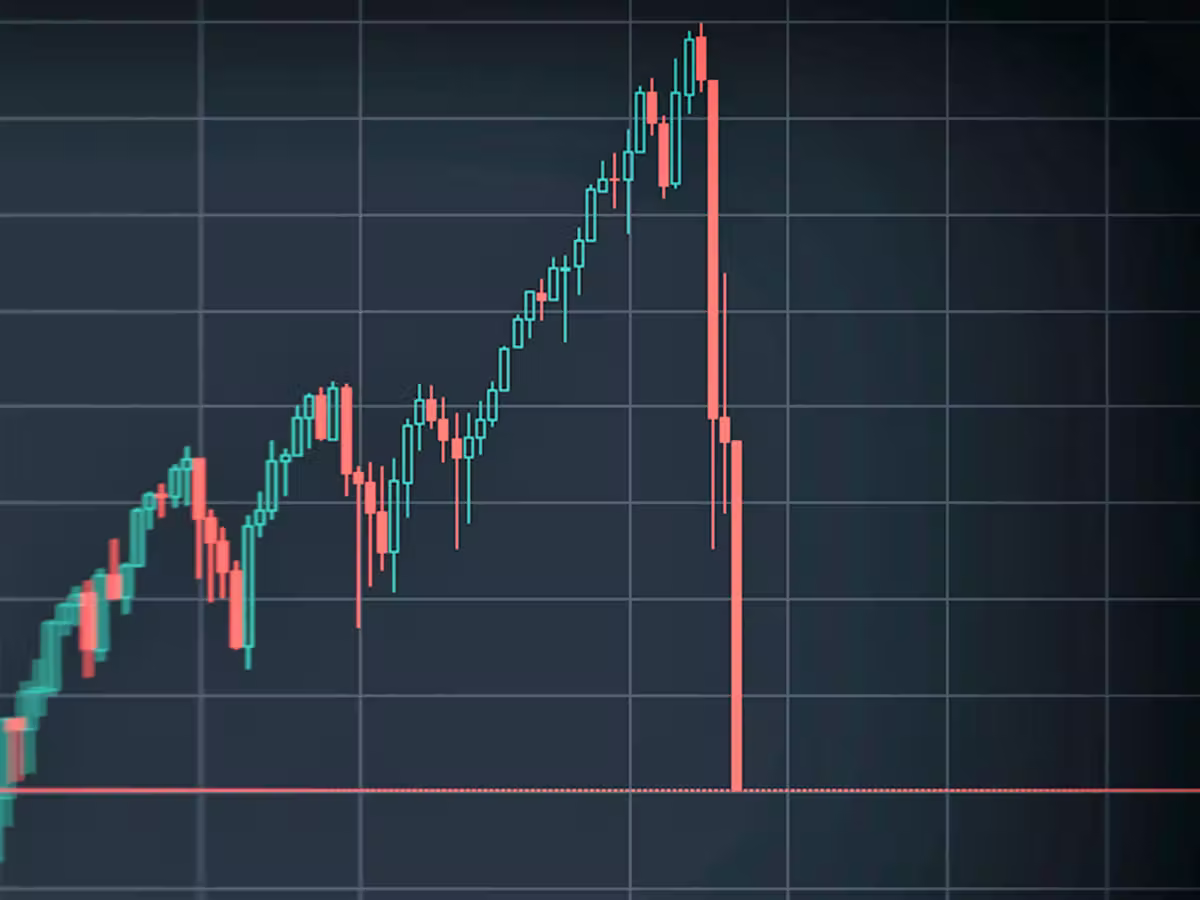Tether Operations Limited (“Tether”), the business behind Tether.to, the blockchain-based platform that powers the world’s largest stablecoin with a market valuation of over $ 73 billion, has introduced Tether tokens (“MXN“) tied to the Mexican Peso. Ethereum, Tron, and Polygon will be the first blockchains supported.
After the US dollar-pegged USDT, the Euro-pegged EURT, and the offshore Chinese Yuan-pegged CNHT, this is Tether’s fourth fiat-pegged stablecoin.
According to research from Triple A, a cryptocurrency payments provider, 40% of Mexican businesses are interested in adopting blockchain and cryptocurrencies in some form, making Mexico an ideal place for the next Latin American crypto powerhouse.
The multibillion-dollar flow of remittances into Mexico and the challenges associated with money transfers have provided a once-in-a-lifetime potential for stablecoin development and use. The launch of MXN places dollars on blockchains and makes asset transfers faster and less expensive.
MXN will be a reliable digital asset tied to the Mexican Peso at a 1:1 ratio as per the announcement. MXN was created by the same team of engineers who created Tether USD, and it runs on the Tether.to platform.
“Over the last year, we’ve observed an increase in cryptocurrency usage in Latin America, which has made it clear that we need to expand our capabilities,” said Paolo Ardoino, Tether’s CTO.
“Introducing a stablecoin tied to the Mexican peso will provide a store of value for those in emerging nations, particularly in Mexico.” For those wishing to move their assets and investments from fiat to digital currencies, MXN can help reduce volatility.
Tether consumers will be able to enjoy the same transparent customer experience in this whole new market.”
MXN is a watershed moment for Tether since it marks the company’s first foray into Latin America with a specialized digital currency. MXN will serve as a proving ground for onboarding new users in the Latin American market.
It will also lay the roadmap for future fiat-pegged currencies to be released in the region.
Dropping supply of USDT
Tether’s Euro and Yuan pegged the other stablecoins from Tether still US dollar-pegged USDT is the most popular. However, USDT has recently witnessed huge redemptions due to the collapse of algorithmic stablecoin terraUSD (UST) earlier this month.
USDT is still the world’s largest stablecoin, with a total supply of over 77 billion coins.

Nonetheless, Tether’s supply has dropped by more than 15 billion in the last month. There was news about USDT also losing its peg to the US dollar. Tether dismissed this notion via a Twitter post.
The post read: “USDt is not “losing” its peg. Subject to our terms of service, Tether issues and redeems one USDt for one dollar: no more, no less. This is irrespective of market conditions. As the pioneer of the stablecoin model, Tether represents a battle-tested technology that has been through many cycles.”
“In this market, many are flooding into USDt as a safe harbor. On Bitfinex and Kraken, the market price closely reflects the Tether to the dollar on USDt, and on Coinbase, USDt is at a premium. Sites tracking pricing and providing analysis should be approached with caution as they use exchanges as data sources, many of which were unreachable during the dip.”
USDt is not “losing” its peg. Subject to our terms of service, Tether issues and redeems one USDt for one dollar: no more, no less. This is irrespective of market conditions. As the pioneer of the stablecoin model [1/3]
— Tether (@Tether_to) May 19, 2021
People at Tether are optimistic about Tether. The fact that Tether did not lose its peg, as well as the ease with which Tether permits traders to make redemptions, should be highlighted as per Arduino.










